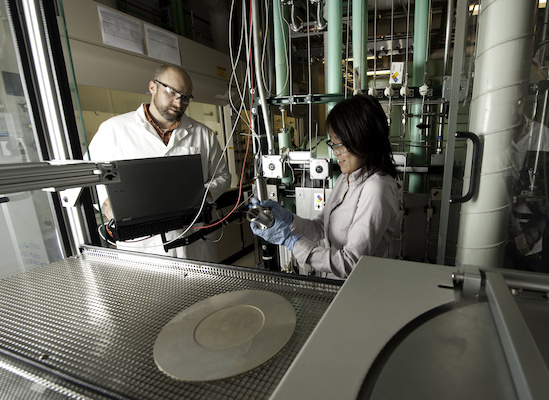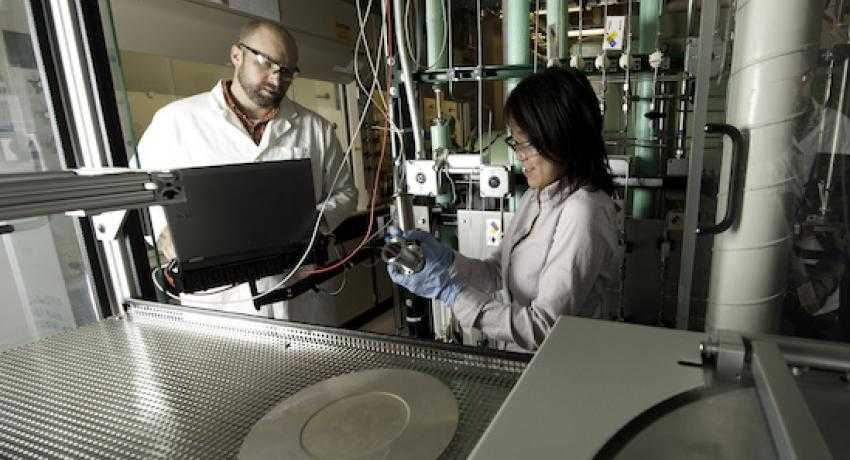ARPA-E to fund full-spectrum solar research with $30 million
 Earlier this month, but quietly the Department of Energy (DOE) announced a new program designed to push the solar technology edge by funding full-spectrum solar start-ups with up to $30 million. DOE is funding the program through the the Advanced Research Projects Agency-Energy (ARPA-E).
Earlier this month, but quietly the Department of Energy (DOE) announced a new program designed to push the solar technology edge by funding full-spectrum solar start-ups with up to $30 million. DOE is funding the program through the the Advanced Research Projects Agency-Energy (ARPA-E).
ARPA-E is inspired by DARPA, a similar program developed by the Department of Defense to help move military research forward. That program has led to many advances both for the military and for U.S. civilians. The ARPA-E funding, however, will support the efforts of scientists, engineers, and entrepreneurs to develop new solar technologies that create power from the full spectrum of the sun. The new program is called Full-Spectrum Optimized Conversion and Utilization of Sunlight (FOCUS) and seeks to create hybrid solar converters and energy storage systems, according to DOE.
With most current solar technologies, devices only respond to parts of the sun’s spectrum of light. Photovoltaic technologies largely generate electricity by responding to visible light while most concentrating solar power technologies harness the sun’s infrared light and amps up the heat on a centralized generating system. “The technologies developed will help advance solar energy beyond current photovoltaic (PV) and concentrated solar power (CSP) technologies to ensure solar power remains a consistent, cost-effective renewable energy option,” DOE said.
“ARPA-E’s new program will leverage the ingenuity of America’s best and brightest to develop technologies that are critical to the continued growth of the solar industry,” said DOE Secretary Ernest Moniz. “As the President made clear in his plan to cut carbon pollution, energy innovations like these are a critical contribution to ensuring America’s future national, economic, and environmental security.”
The program will support two tactics. “The first approach will develop advanced solar converters that turn sunlight into electricity for immediate use, while also producing heat that can be stored at low cost for later use,” DOE said. “The second approach will develop innovative storage systems that accept heat and electricity from variable solar sources to deliver electricity when needed.”
DOE has issued up to $145 million in funding opportunities in 2013 alone, and since its inception in 2009 it has funded 285 projects, across 33 states, with $770 million in funding. ARPA-E is in addition to DOE other solar programs, like the SunShot Initiative, which has invested hundreds of millions to help advance solar research, solar startups, and reducing soft costs of solar in an effort to reduce the overall cost of installed solar to less than a dollar per watt by 2020.




